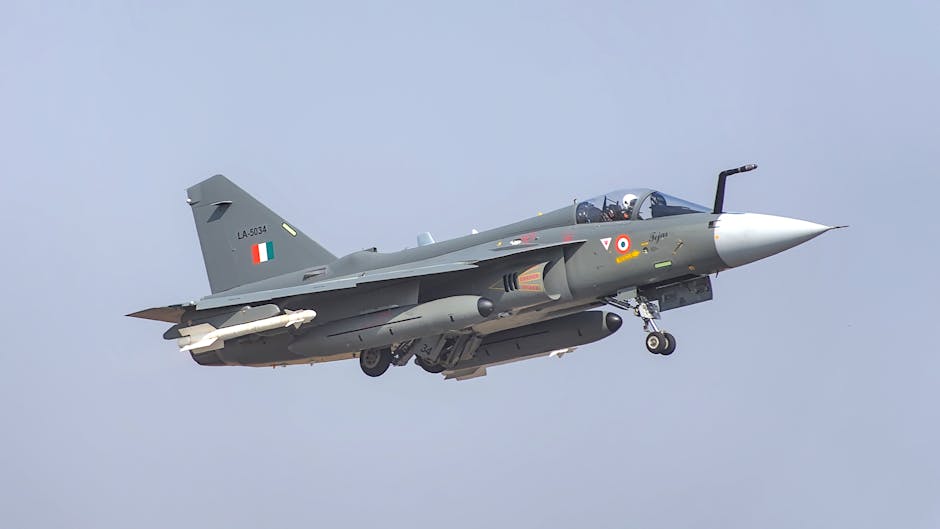Tejas Jet Goes Down During Aerial Display
DUBAI: In a significant setback for India’s defence ambitions, an Indian Air Force (IAF) Light Combat Aircraft (LCA) Tejas has crashed while performing at the prestigious Dubai Air Show. The incident occurred this afternoon during an aerial display, sending shockwaves through the international aviation community gathered for the event.
Unverified videos circulating on social media show the aircraft in a steep dive before it disappeared, followed by a large plume of black smoke. The air show, a critical platform for showcasing global military aviation, was temporarily halted as emergency services rushed to the crash site.
Pilot’s Status and Official Response
The primary concern following the crash is the condition of the pilot. Sources on the ground suggest the pilot managed to eject safely before the aircraft impacted the ground. While the Ministry of Defence has yet to release an official statement confirming the pilot’s status, this news offers a crucial element of relief on an otherwise dark day for Indian aviation.
A Blow to India’s ‘Aatmanirbhar Bharat’ Push
This incident comes at the worst possible time for the Tejas program. The Dubai Air Show was intended to be a global stage for the indigenous fighter jet, a symbol of India’s “Aatmanirbhar Bharat” (Self-Reliant India) initiative. The IAF sent its famed Sarang helicopter display team alongside two Tejas fighters to attract potential international buyers.
With several countries in Southeast Asia, the Middle East, and Latin America showing interest in the cost-effective, fourth-generation fighter, a crash during a high-profile demonstration is a major public relations challenge. Competitors showcasing jets like the Sino-Pak JF-17 and South Korean FA-50 will likely leverage this incident to question the platform’s reliability.
Investigation to Determine Cause of Crash
It is too early to speculate on the cause of the Tejas fighter jet crash. The IAF will immediately constitute a Court of Inquiry to conduct a thorough investigation. Experts will analyze all possibilities, from a critical technical malfunction and engine trouble to pilot error or a bird strike.
The recovery of the flight data recorder, or ‘black box’, will be vital in determining the aircraft’s final moments. Until the investigation is complete, any analysis remains speculative.
However, it is important to maintain perspective. Military aviation and aerobatic displays are inherently high-risk activities. Many of the world’s most advanced fighter jets have experienced accidents. The response to this incident—through a transparent investigation and implementation of corrective measures—will be crucial for the future of the Tejas program and for restoring international confidence in this remarkable indigenous fighter.




